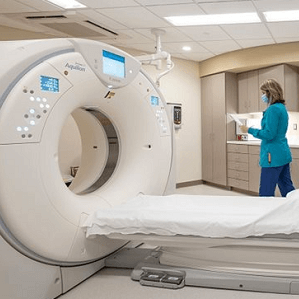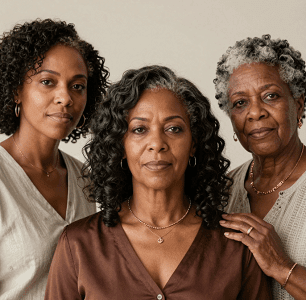Revised lung cancer screening guidelines from the US Preventive Services Task Force (USPSTF) have reduced disparities between Black and White individuals, but disparities among other racial and ethnic groups remain, according to a study led by Eunji Choi, PhD.
The study, published in JAMA Oncology, examined the predictive performance of the Prostate, Lung, Colorectal, and Ovarian Screening Trial 2012 (PLCOm2012) model and evaluated racial and ethnic disparities in screening performance.
The study included 105,261 participants from five racial and ethnic groups: Black, Japanese American, Latino, Native Hawaiian/Other Pacific Islander, and White. The researchers found that 24% of the participants would have been eligible for screening based on the 2021 USPSTF guidelines, but eligibility varied among the groups. White individuals had the highest eligibility at 30.2%, while Latino individuals had the lowest at 15.7%.
The researchers also calculated the eligibility-incidence (E-I) ratio, which is the ratio between the total number of eligible participants versus incident lung cancer cases. White participants had an E-I ratio of 20.3, while Black individuals had a less favorable ratio of 9.5. However, when using the risk-based criteria of the PLCOm2012 model, the E-I ratio between Black and White individuals was substantially reduced.
The study concluded that risk-based lung cancer screening using a validated risk prediction model may help reduce racial and ethnic disparities in lung cancer screening and improve screening efficiency across racial and ethnic groups in the United States.
See “Lung Cancer Screening Guidelines Yield Racial, Ethnic Disparities” by Eileen Koutnik-Fotopoulos on the docwirenews website (January 26, 2024)



